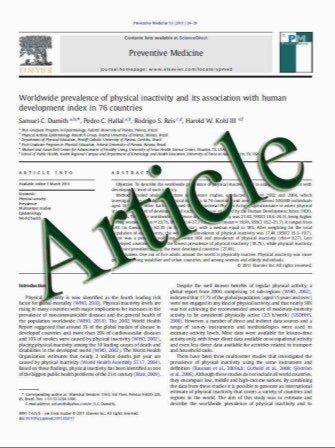Microleakage of repaired class V silorane and nano-hybrid composite restorations after preparation with erbium:yttrium–aluminum–garnet laser and diamond bur
- نوع فایل : کتاب
- زبان : انگلیسی
- مؤلف : Batu Can Yaman & Begüm Güray Efes & Can Dِrter & Yavuz Gِmeç & Dina Erdilek & Oktay Yazcoًlu
- چاپ و سال / کشور: 2011
Description
The aim of this in vitro study was to compare the microleakage of repaired class V resin composite restorations prepared either by Er:YAG laser or a diamond bur. Ninety-six intact human molar teeth were randomly distributed into eight groups. In the first four groups, class V cavities (3 × 3 × 3mm) prepared on the buccal and lingual surfaces of the teeth using an erbium:yttrium-aluminum-garnet laser (VersaWave, HOYA ConBio, Japan). Similar class V cavities were prepared in the second four groups using a diamond bur (SClass, Komet, UK). Teeth in groups 1, 2, and 5, 6 were restored with a nano-ceramic composite (Ceram.X duo, DENTSPLY), whereas a silorane material (Filtek Silorane, 3M ESPE) was used to restore cavities in groups 3, 4, and 7, 8. Two different adhesive systems (XP Bond, DENTSPLY, and Silorane System Adhesive, 3M ESPE) were also used. All specimens were aged for 7 days. New cavities (3 × 3 × 3 mm) were prepared adjacent to the old restorations with Er:YAG laser (groups I–IV) or diamond bur (groups V–VIII). Different repair materials were then applied to the new cavities using the previous two restorative materials and two adhesive systems. All teeth were subjected to thermocycling (5,000 cycles between 5 and 55°C) and axial loadcycling (30 N, 1 Hz, 2,000 cycles). Specimens were immersed in 50% w/w silver nitrate solution. Teeth were sectioned longitudinally in buccolingual direction. Stereomicroscope (Nikon SMZ 800) and SEM (JEOL JSM 5600) were used to evaluate the microleakage that existed at the interface between the old restorations and the repair materials. Data were analyzed statistically with one-way ANOVA and Tukey tests (p<0.05). Even though no statistically significant differences were found between any of the groups, the cavities repaired with different restoratives showed slight microleakage, especially those prepared by Er:YAG laser (p>0.05). No microleakage scores were obtained in the groups repaired with Filtek Silorane/Filtek Silorane and Ceram.X/Ceram.X. All the substances tested can be used as repair materials for immediate repair after Er:YAG laser and diamond bur. All substances tested in this study can be used as immediate repair materials after cavity preparations with Er:YAG laser or diamond bur.
Lasers Med Sci (2011) 26:163–170 DOI 10.1007/s10103-010-0755-3 Received: 11 August 2009 / Accepted: 30 December 2009 / Published online: 17 February 2010


